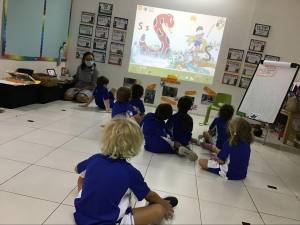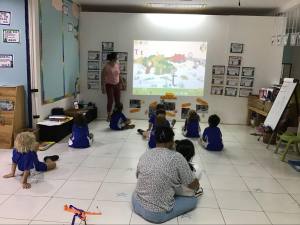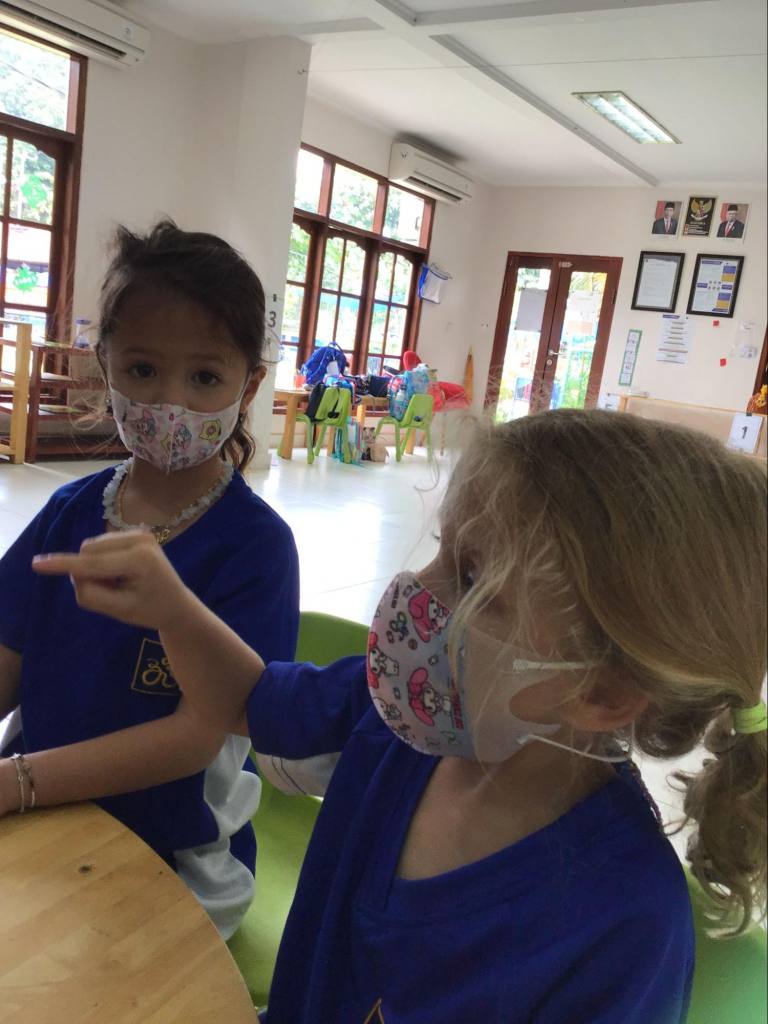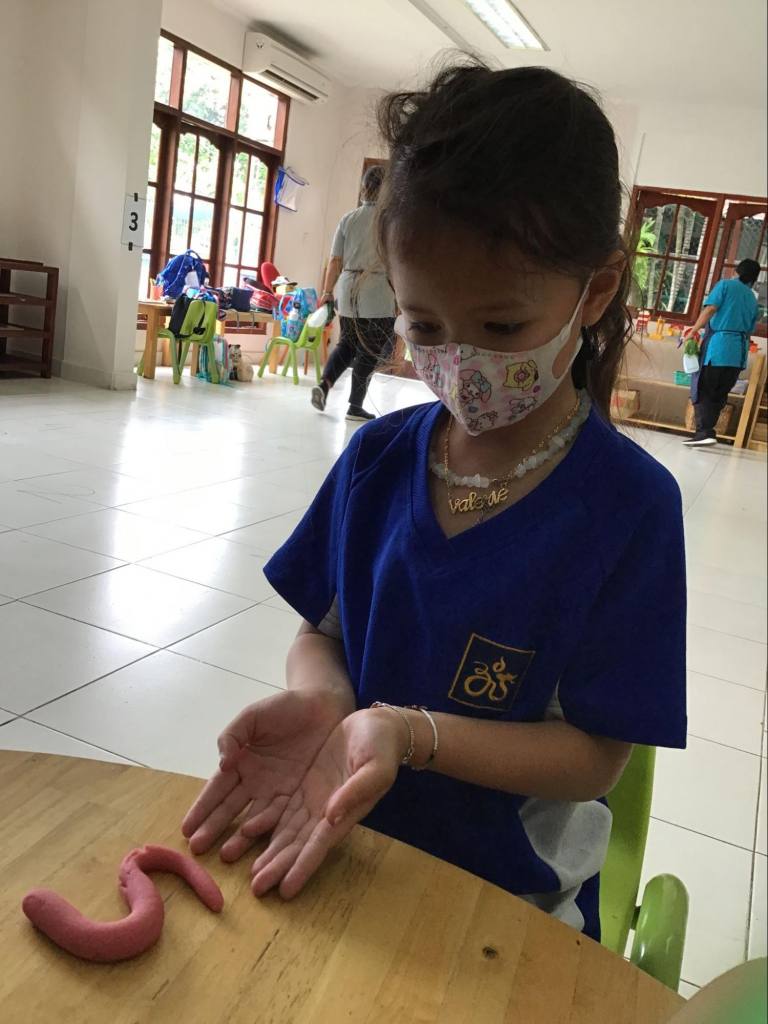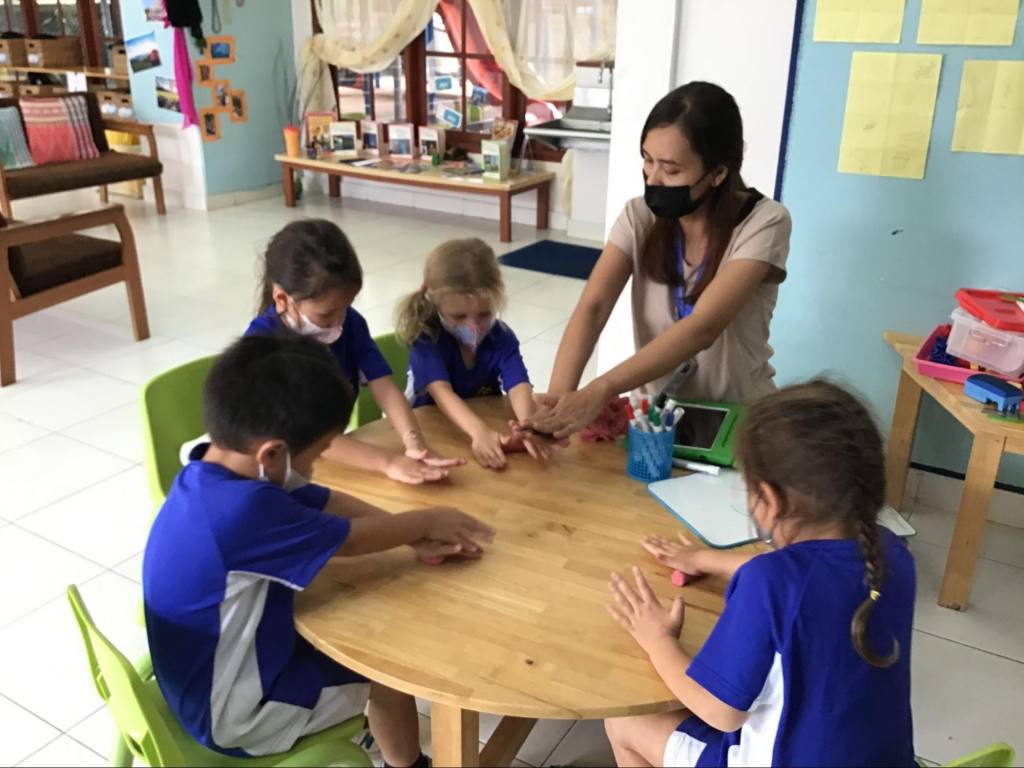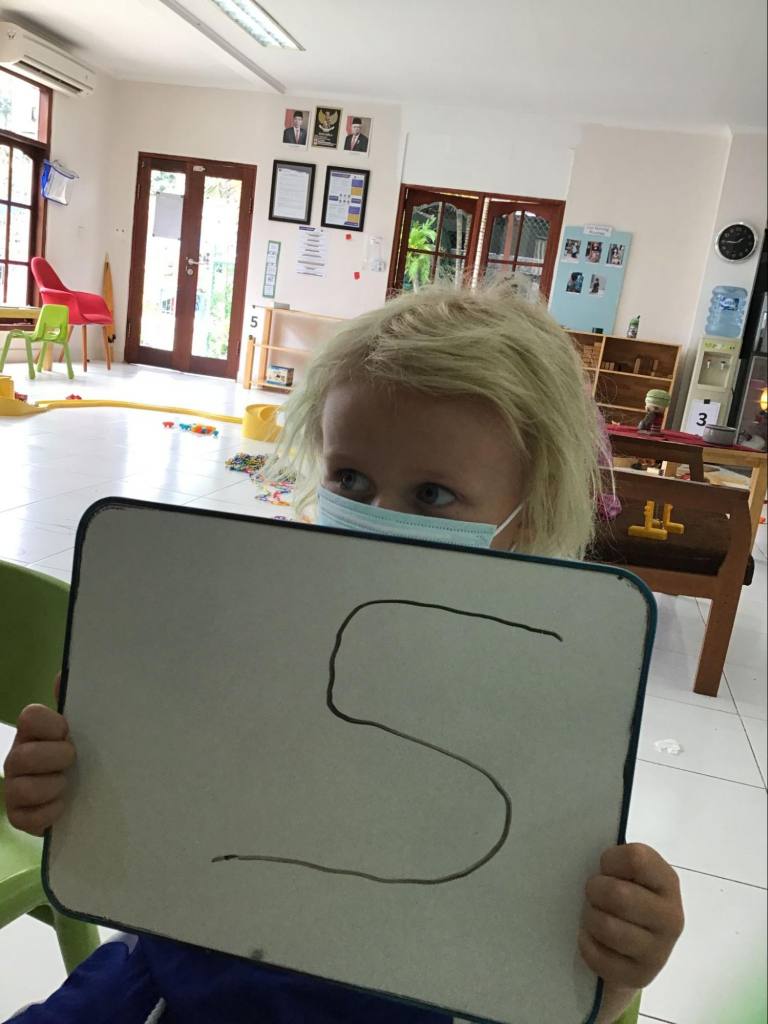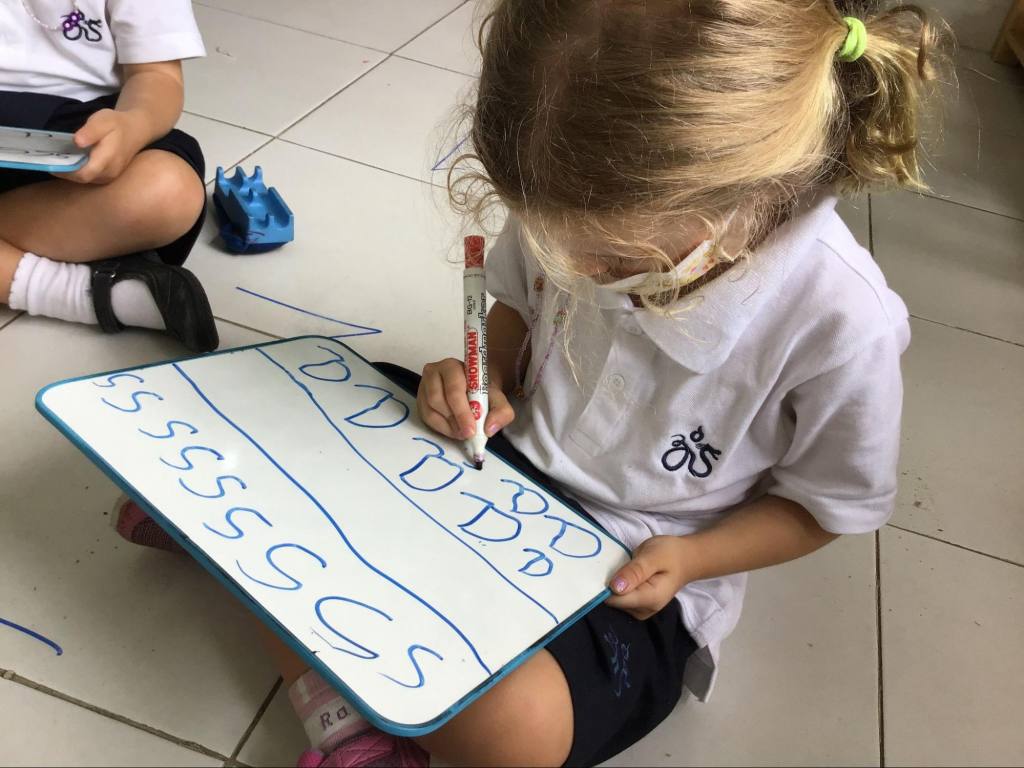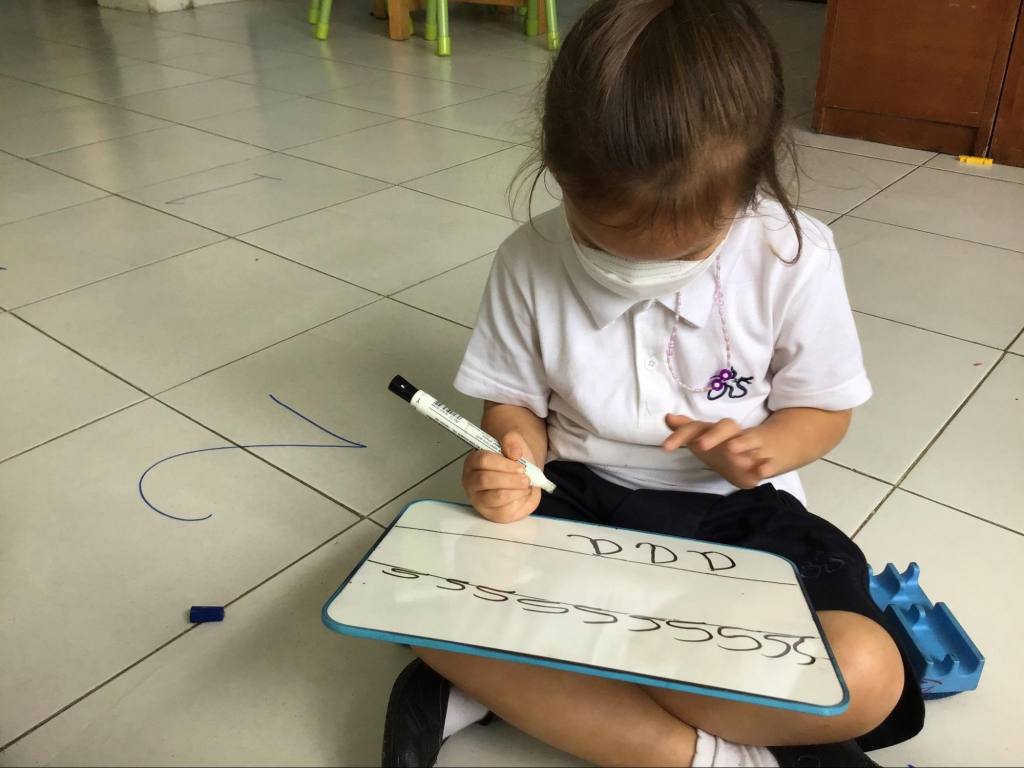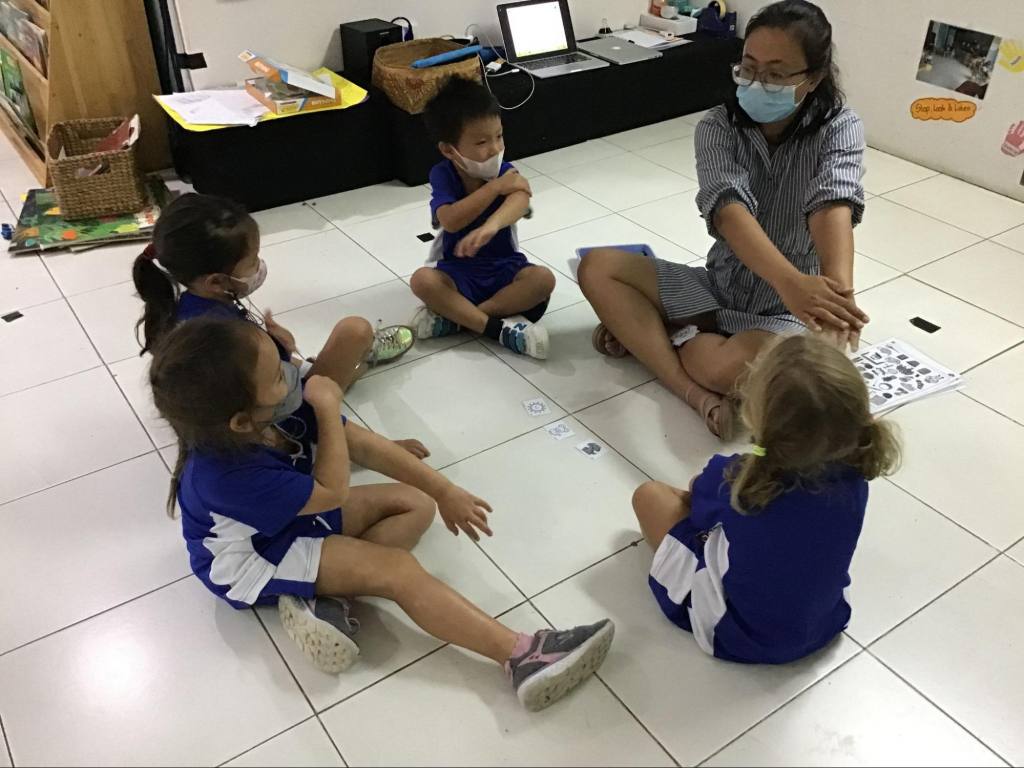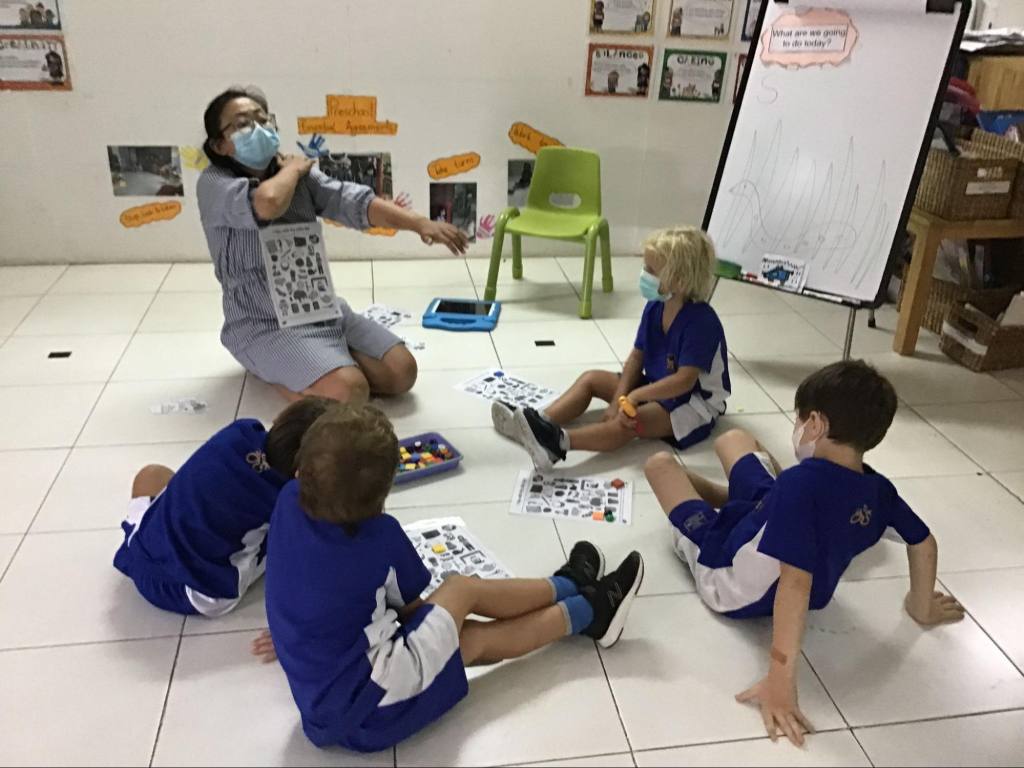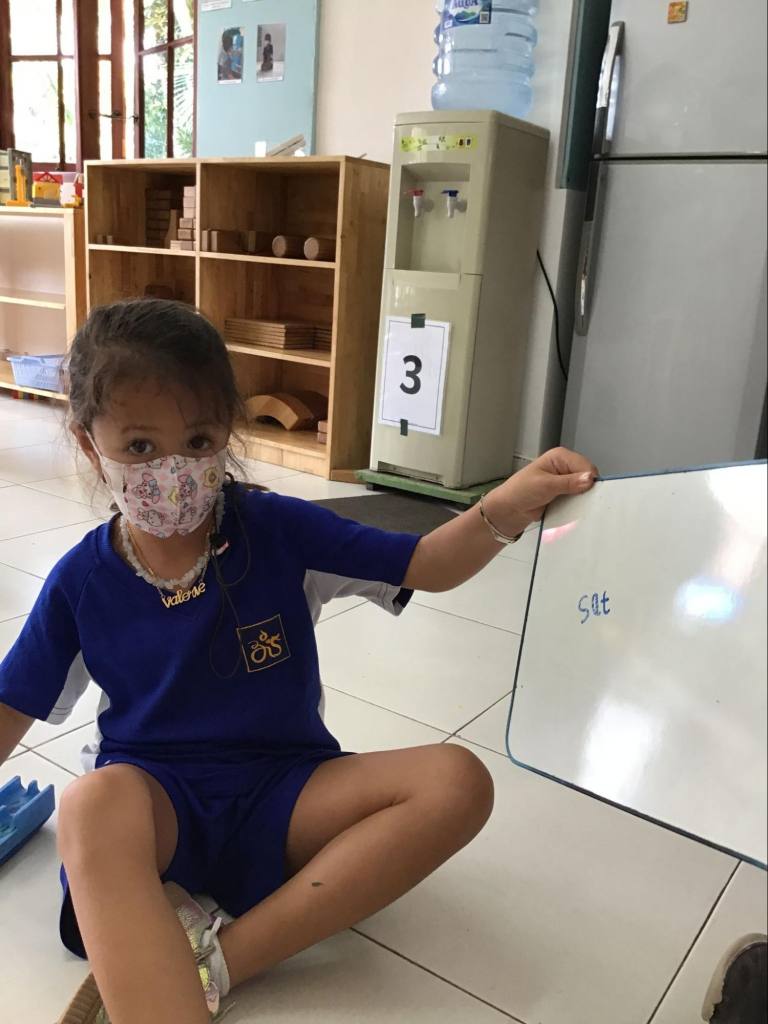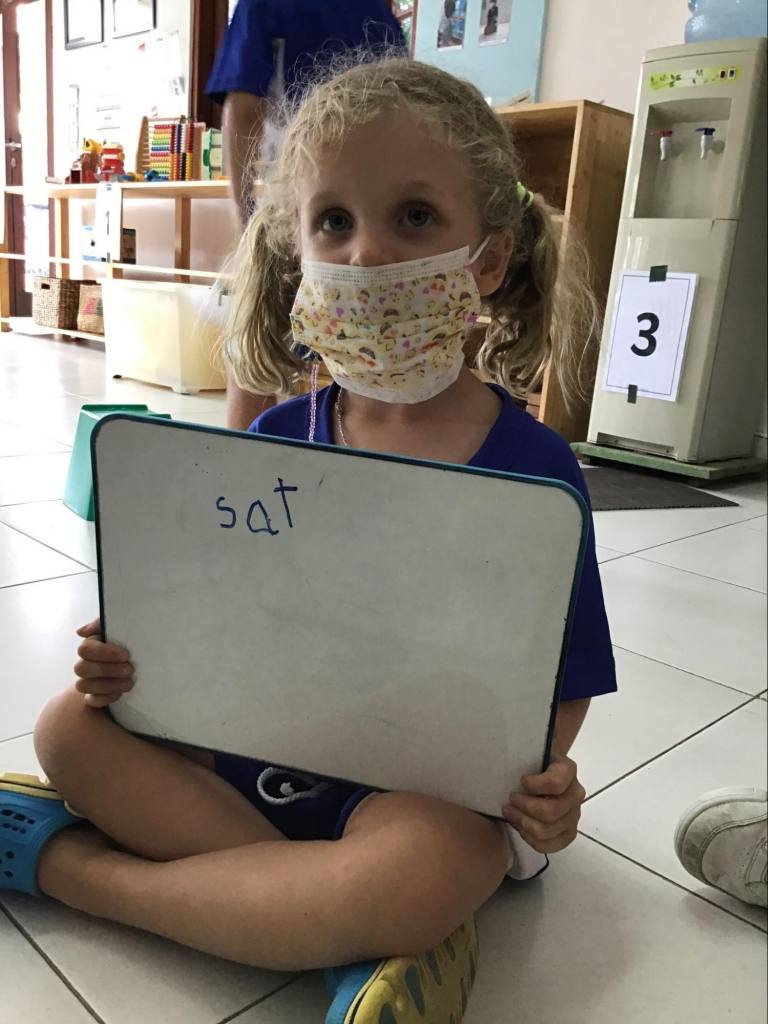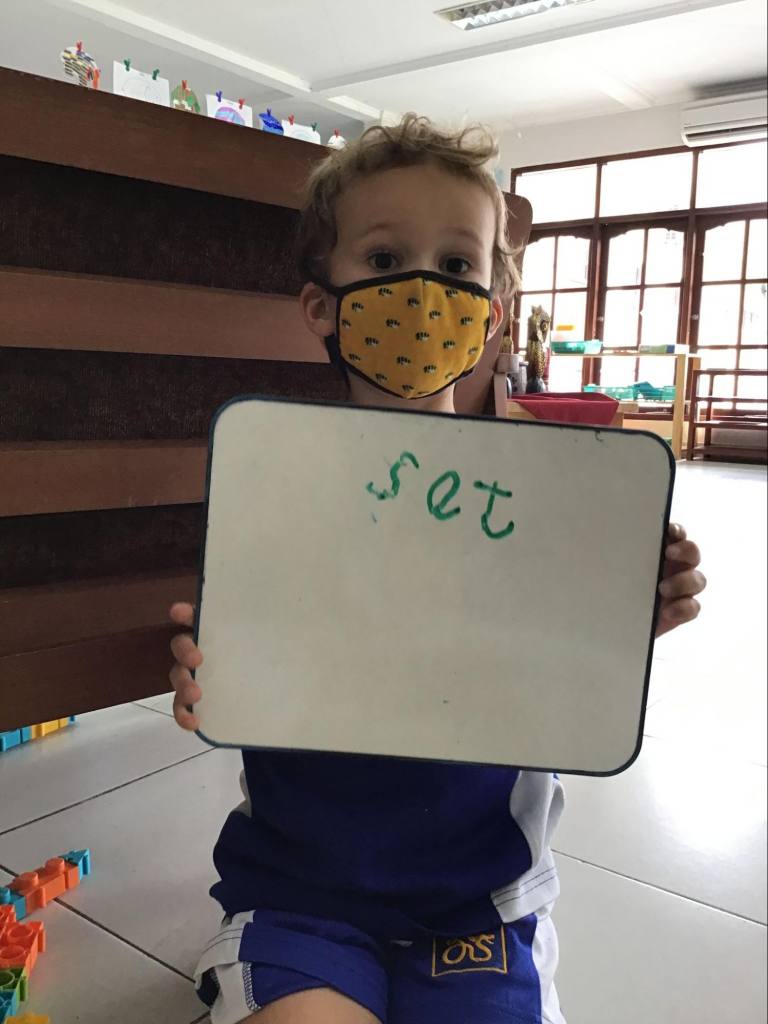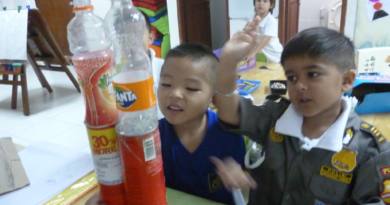Primary eNews – January 21st, 2021
Connecting our Units in Grade 4
We are well and truly gathering momentum, finding and sorting out information about “economic activity” in our new unit of inquiry: how we organize ourselves. Supported by media lessons with Mr. Marshall, Grade 4 have been introduced to budgets before diving into “stock markets”. In Indonesian Studies, they have been exploring traditional markets, while in the homeroom finding out about supply and demand and the distribution of goods and services.
One of our key concepts in this unit is connection: how is it linked to other things? Through a range of learning experiences, we aim to develop an understanding of different interacting systems in our community and how they meet our needs and wants.
Students collaborated to classify needs and wants and suggested the difference between them. They looked at how these are different for individuals and suggested what influences that: age, location, resources, budget, trends, and culture. They made connections to different ways in which our local community helps satisfy our needs and wants. A vocabulary sort was a quick check-in to assess student understanding of these connections before moving on to find out about resources: human, natural, and capital) used in production and distribution.
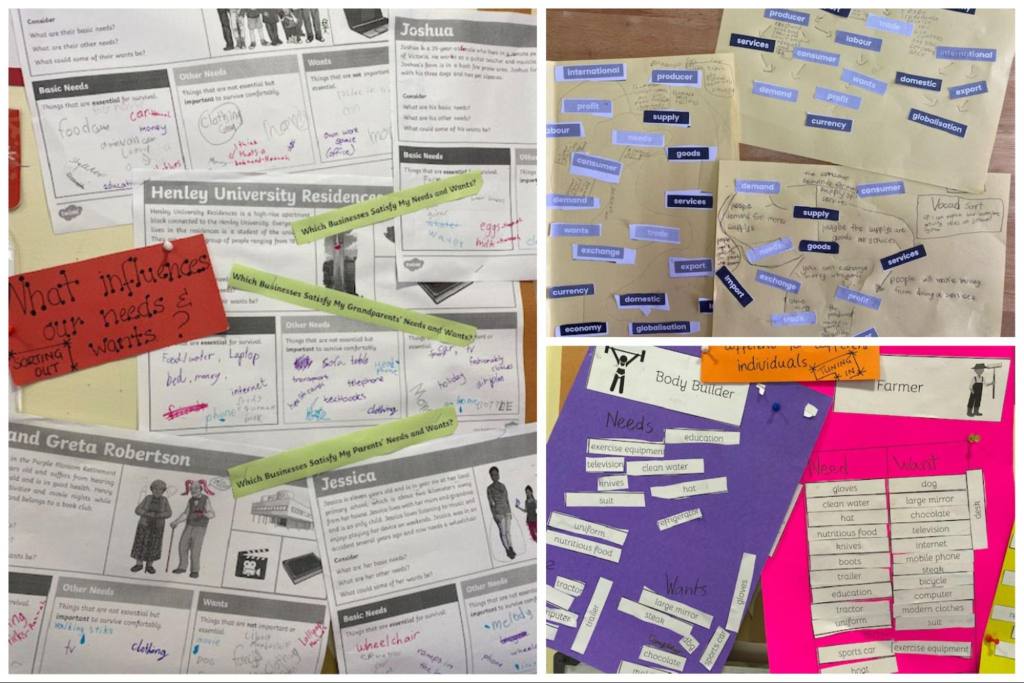
Continuing to explore the concept of connection, Grade 4 are building on their unit: how we express ourselves through the art of advertising. They are taking on the role of graphic designers as they find out about using font, value, colour, and space in design. Advertising is an important system that we will be using to sell our products at our Grade 4 market. This relationship between advertising and marketing will affect the success of our product sales and highlights the meaning of connection.

Students have had fun creating using the stimuli of a soda can and are now exploring creating their own labels mimicking graphic design techniques. All these skills, understandings and knowledge will culminate in the hosting of the Grade 4 Market, so SAVE THE DATE – February 11th.
Jolly Phonics in Preschool
We are so excited to announce that Preschool students have started to learn the letter sounds by using the Jolly Phonics program. Jolly Phonics is a multi-sensory, synthetic phonics program. With Jolly Phonics, children are taught the English alphabetic code in a simple, but structured way. Jolly Phonics is very fun to teach in the classroom and it has its own story and action for each letter sound. The students will then easily memorize each letter sound. By doing the action, listening to the sound, they can then visualize it in their mind and write it!
In week 2, Preschool started to learn the first group of Jolly Phonics which are letters S, A, T, P, I, N. From those 6 letters sound, when you put them together you can blend and segment them to read and write several simple words – SAT – SIT – PAN – PIN – TIP – TAP, etc.
We use the 5 basic skills on jolly phonics to support the activities. There are:
- Learning the Letter Sounds.
- Learning Letter Formation.
- Identifying the Sounds in Words (for writing).
- Blending (for reading).
- Tricky Words.
1. Learning the Letter Sounds
We introduce a new sound each day by telling the Jolly Phonics story containing the sound. For example, for the /s/ sound, there is a story about a snake that goes “ssssss”. We do the special action while saying the sound of the letter.The action is wiggling your arm around like a snake.
2. Letter Formation.
The next step is for the teacher to demonstrate to the students how to form the letter. We also explored forming the letters in different ways, we write the letters in the air, make the letters sound from playdough, and also write them on the whiteboard using the “froggy legs grip”.
- Write the letter shape in the air.
- Forming the letter from Playdough
- Write the letter on the whiteboard.
3. Identifying the Sounds in Words.
We played the I Spy game and said each word and identified the beginning sound, we found the words that start with letters S and A. The students also get exposure from listening to some words and identifying the letter sound that they hear whether it is in the beginning, at the end or in the middle of the words.
4. Blending the sound.
Preschool students were very proud that they could read the word after they learned the 3 letter sound. First,the teacher says the sound and the action of each letter, then the student writes the sound. After that,they tried to read the 3 sounds in the word and they did it! They say the sound blends together and read the words.

